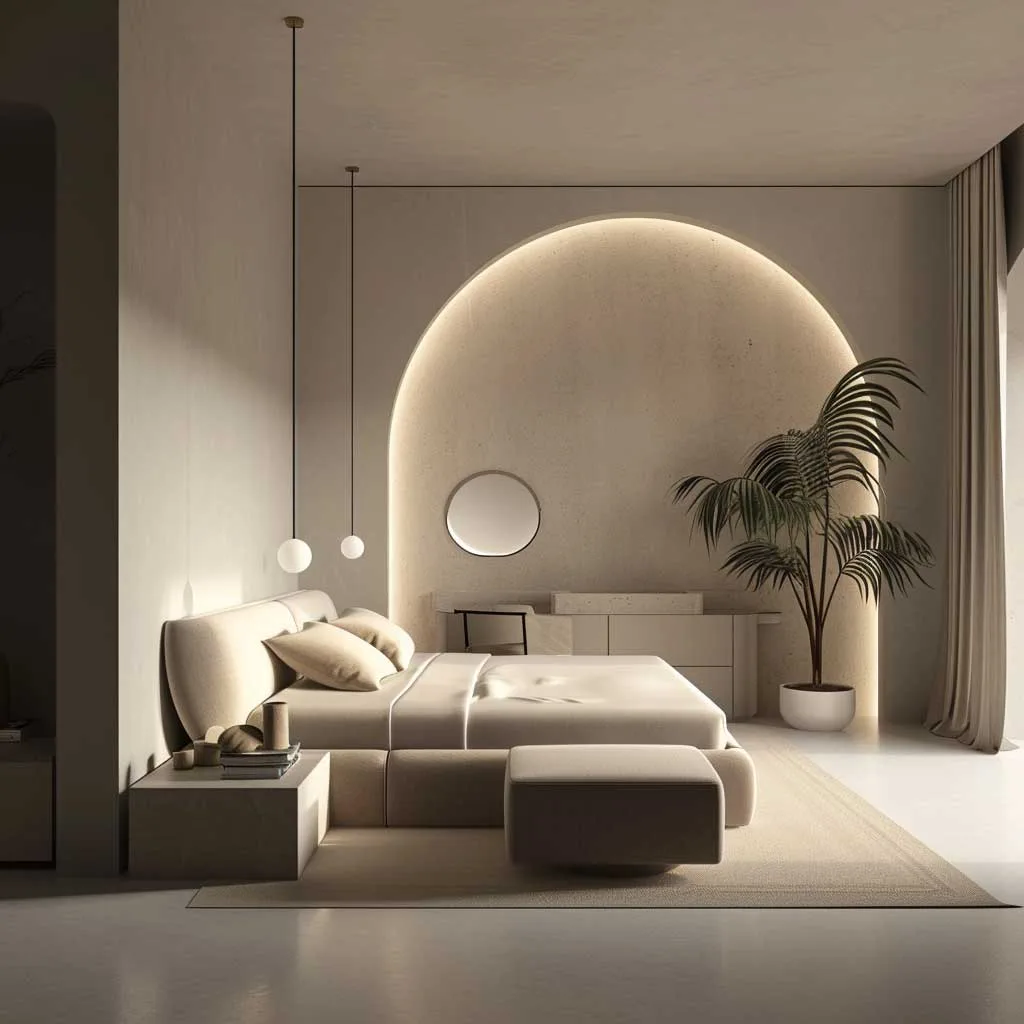Transform Your Home With Important Principles of Inside Design and Looks
By recognizing the effect of color concept and the relevance of structure and patterns, one can create rooms that are not just visually appealing yet likewise deeply personal. Attaining this balance involves even more than plain decor; it encompasses a critical plan and a keen understanding of just how each element interacts within a room.
Comprehending Shade Theory
Comprehending the concepts of color theory permits designers to produce rooms that reverberate mentally with owners while fulfilling practical needs. Each category plays an important duty in establishing harmony within an area.
The emotional influence of colors is profound; cozy tones such as reds and oranges evoke energy and warmth, while trendy tones like blues and greens promote calmness and harmony. Moreover, making use of complementary colors improves aesthetic passion, developing striking contrasts that can elevate a room's charm.
Neutral colors, on the other hand, work as a flexible backdrop, enabling other style aspects to radiate. It is vital to think about factors such as lighting and the area's objective when picking a shade scheme, as these can modify the assumption of colors throughout the day.
Eventually, a well-considered color design can transform a space, cultivating a sense of convenience and style that lines up with the inhabitants' preferences. Proficiency of color concept is, consequently, a vital skill for any kind of interior developer intending to develop unified and inviting environments.
Accomplishing Equilibrium in Design
How can designers attain a feeling of balance in their spaces? Achieving equilibrium in style is fundamental to developing unified interiors. Developers can make use of three primary kinds of balance: symmetrical, unbalanced, and radial. In proportion balance entails setting up elements equally around a central factor, promoting a sense of order and peace. This kind frequently includes pairs of furniture or art work, enhancing aesthetic security.
Unbalanced balance, on the various other hand, relies upon varying elements that still accomplish a natural look. This strategy permits even more dynamic and casual arrangements, supplying interest while preserving stability. By meticulously picking varying dimensions, shades, and structures, developers can create an aesthetically compelling area that really feels balanced yet energetic.
Radial equilibrium emphasizes a main focal factor with aspects radiating outward. This style is generally seen in circular designs, where furnishings and decoration develop a cohesive border that attracts the eye internal.
Inevitably, achieving balance requires thoughtful consideration of range, percentage, and the partnerships between elements. miami luxury interior design. By masterfully using these equilibrium concepts, developers can change spaces into environments that feel both visually pleasing and functionally harmonious, improving the general experience for owners
Relevance of Spatial Awareness

An eager feeling of spatial awareness allows designers to determine prime focus within an area, guiding the audience's interest to vital features while preserving a total sense of unity. It also aids in the tactical placement of illumination, which can substantially affect anonymous the assumption of room and state of mind. Understanding spatial relationships allows the developer to cater to the particular needs of inhabitants, guaranteeing that each area offers its desired objective without endangering appearances.
Inevitably, spatial understanding is critical for making best use of the possibility of any type of interior room. By very carefully considering the interaction between dimensions, format, and function, developers can produce atmospheres that not just satisfy practical needs however also stimulate a sense of convenience and charm, boosting the general living experience.
Including Structure and Patterns
Embracing a varied variety of appearances and patterns can considerably enhance the visual and responsive charm of an indoor space. The critical use numerous materials-- such as timber, steel, material, and rock-- creates deepness and interest, making a space feel a lot more welcoming and dynamic. For circumstances, combining smooth surface areas with harsh structures can develop a balance that attracts the eye and engages the detects.
When including patterns, think about both range and repetition. Large patterns can offer as prime focus, while smaller, subtle styles can enhance various other elements without overwhelming the area. Layering patterns, such as pairing flower cushions with striped throws, adds complexity and a sense of harmony if implemented attentively.
It is additionally critical to preserve a cohesive shade combination, ensuring that structures and patterns function together as opposed to compete for focus. By picking a couple of crucial structures and patterns, you can develop a merged visual that shows your personal design while boosting the general atmosphere of the room. Inevitably, the mindful consolidation of these aspects can transform an ordinary area into an innovative atmosphere rich with personality and heat.
Customizing Your Space
Developing an area that reflects your individuality is crucial to achieving a truly welcoming environment. Customization in interior decoration permits you to infuse your unique design and rate of interests into your home, changing it from a mere sanctuary into a refuge that speaks to that you are. Begin by choosing a shade combination that resonates with your feelings-- bold tones can stimulate, while soft tones supply harmony.
Incorporate art work and decor that show your passions, whether it be travel, nature, or abstract principles. Showing individual collections, such as publications, photographs, or keepsakes, can evoke treasured memories and develop centerpieces within an area. Additionally, take into consideration customizing practical items, like upholstered furniture, to line up with your visual preferences.

Conclusion
In final thought, the transformation of a home with the crucial principles of interior decoration and visual appeal requires a check out this site thorough understanding of shade theory, balance, spatial understanding, structure, and customization. Each component contributes considerably to producing an unified and useful living setting - miami interior design. By attentively integrating these principles, individuals can enhance the visual appeal and emotional resonance of their spaces, ultimately fostering a home that shows distinct identities while supplying convenience and functionality